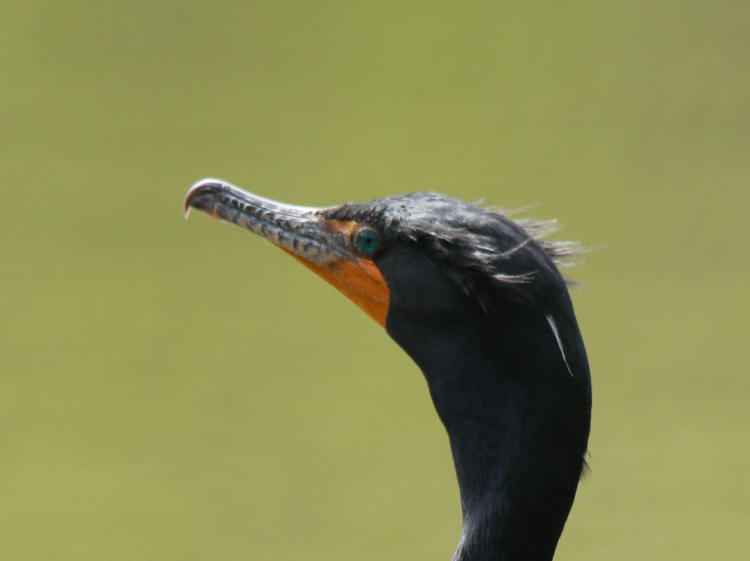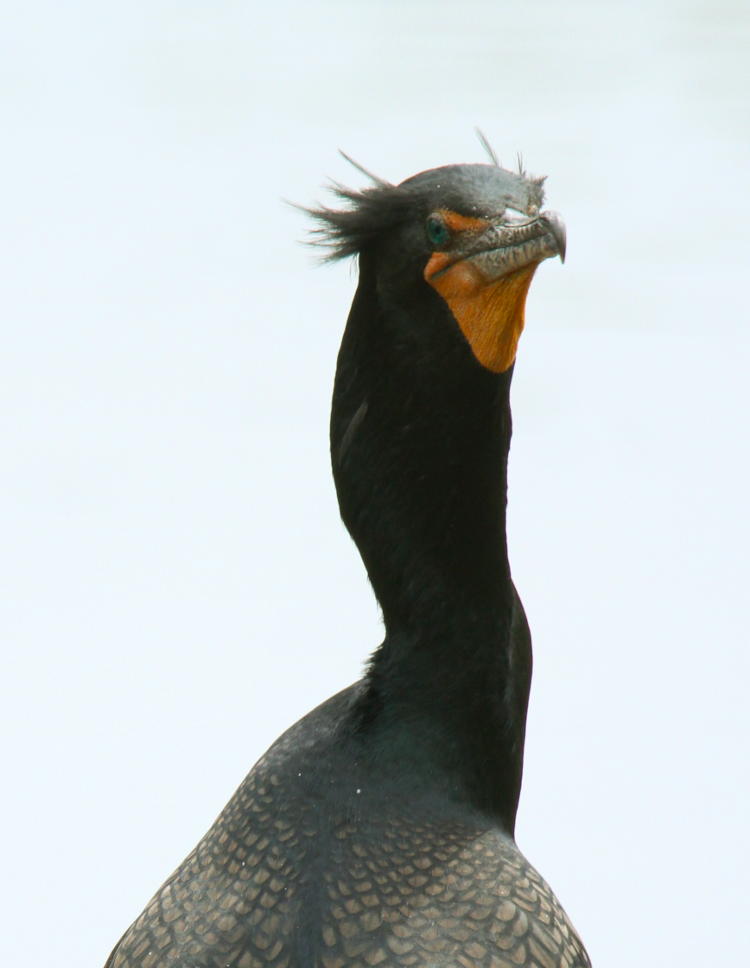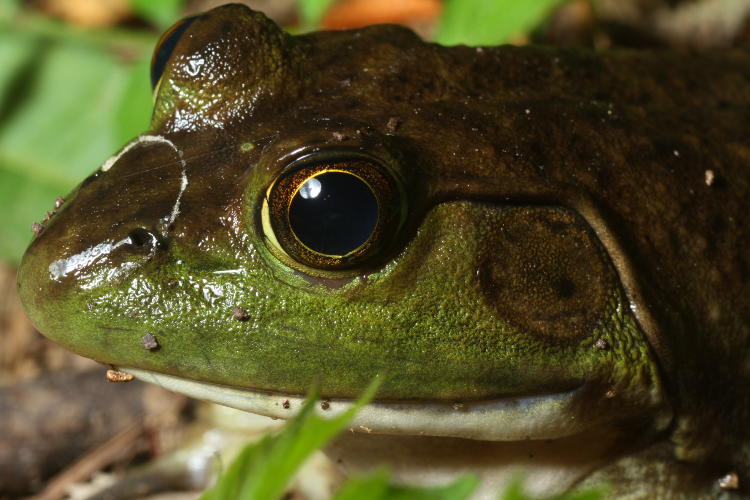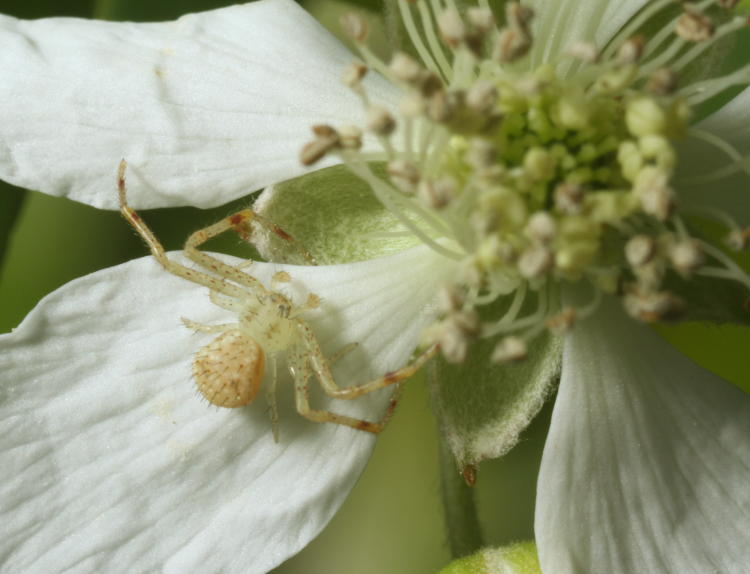“Double-crested cormorant.” They have that name, oh, probably because they have a double-crest, right? Makes sense. Except they don’t. I have dozens of photos of them, from various states, over the years, and not one of them shows a double-crest. It’s supposed to be a breeding display in males, so perhaps it doesn’t last too long, but still, not once? It’s enough to think some snickering ornithologists (the worst kind) are playing a joke.
Until now.

Finally! Except – I was told there’d be white feathers up there, and not just a black male-pattern fringe in need of pomade. But at least, the snickering ornithologists have been proven not to be total liars. And you gotta love that twist in the neck as it ensured itself that I wasn’t up to no good.
We’ve had, off and on, cormorants at the nearby pond for a few years. They don’t seem to colonize it, but a stray handful likes to hang around for periods, and they prefer the old dock pilings for perches. I think I’ve primarily seen females there, judging from the more brown feathers compared to the black seen here, but again, I’ve photographed flocks of them, and colonies inhabiting bridges and wharves. Regardless, here it is – without the white feathers we were promised.
No, no, let’s not speak (type) too soon.

Okay, a white feather, and only on this side. You can see a hint of it in the first photo too, but I wanted to make it clear and distinct, and vindicate the SOs a little. Of course, in this light we can’t tell for sure that it’s white, as such, but it’s lighter anyway. We’ll let this one pass.
One more, because expression.

This would have had far less impact had the beak not been raised as much, but held up like that, we get that “you kids” disapproval, especially with the under-chin appearing stretched in a miserly way while still a little wrinkled. What you think you’re gonna use them breeding feathers for, old man?
That wasn’t the only species favoring me with dire looks, though. Apparently I wasn’t the most welcome around the pond yesterday.

Granted, yellow-bellied sliders (Trachemys scripta scripta) always look like this – there is no such thing as an expression of delight from any turtle, really. I’m featuring this one here for the eye, specifically the stripe, which must serve some purpose – I just don’t know what. But what I’ve noticed is how they usually hold their heads in just this position, so while they’re in the water but peeking out and searching for danger or basking spots, the stripe is aligned with the surface. This means something. Probably. Everything else will be speculation, so I’ll just leave it alone for now, and try to find someone to ask.
The next one wasn’t during the day, but at night during the same session as the previous post, where I’d crept closer under cover of the blinding headlamp.

American bullfrogs (Lithobates catesbeianus) – or for that matter any frog – can often be said to look grumpy, but I think their expression is pretty neutral, myself; a resting frog face, as it were. While not the largest that I’ve seen, this one was pretty good sized, able to overlap my open palm; if it helps, this is a species that can (and does) eat mice. And damn near anything else, too. But they do have this wonderfully basso call.
We return to the daylight hours for a few more.

A great blue heron (Ardea herodias) was being notably mellow as I circumnavigated the pond’s edge, and I got several close approaches without undue attention, much less flying off, but I liked this one for the reflection. I just missed a shot with a little minnow dangling from its mouth, a bit later in the day, but so it goes – I’ve got some nice sequences from previous sessions.
On my return leg, there was a bird that I didn’t recognize flitting around several trees nearby, and I managed to snag a decent identifying shot through some leaves as it paused.

This is an eastern kingbird (Tyrannus tyrannus,) and possibly the first that I’ve photographed, even though they’re supposed to be fairly common – either I’ve been unlucky, or not paying attention, or they’re less common in this area than reputed (you know, by snickering ornithologists – we’ll go with this option.) The markings are distinctive, even while flying, because of that white underside and tail tip, but this one was in view for less than a minute before it disappeared off into some distant trees, probably to nurse the ouchies on its feet from landing on a thorn vine…
As I returned to the yard, I got back into my more typical subject matter.

Examining the scattered corner garden for any potential subjects, I took a closer look at an apparent bad spot on a petal of the blackberry bushes, because that’s the kind of thing that you do if you’re after arthropods. Sure enough, it wasn’t a bad spot (per se,) but a tiny little white-banded crab spider (Misumenoides formosipes) hanging out waiting for pollinators of an acceptable size. I’d had to go back in to get the macro flash rig, but this allowed me to go in closer for detail. Just so you know, the entire blossom isn’t 30mm across.

I really have to plant more flowers around the property, to attract more pollinators that will in turn attract more species like this, and get some action shots at some point. And I say this, knowing I have a bunch of seeds that have yet to be planted this year because I keep doing other things like posting and working. But it’s raining out there right now, so I gots an excuse. For a little while.




















































